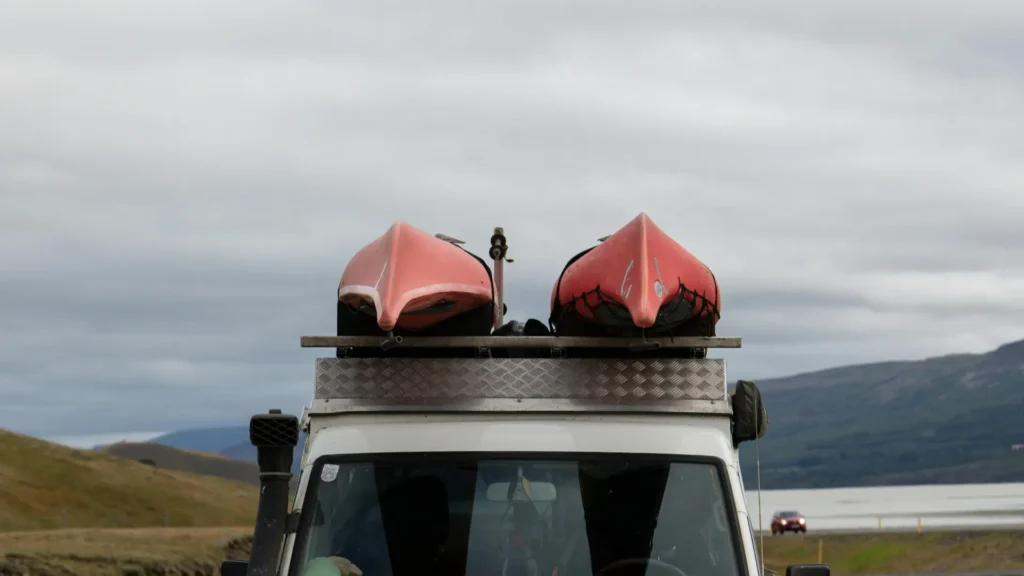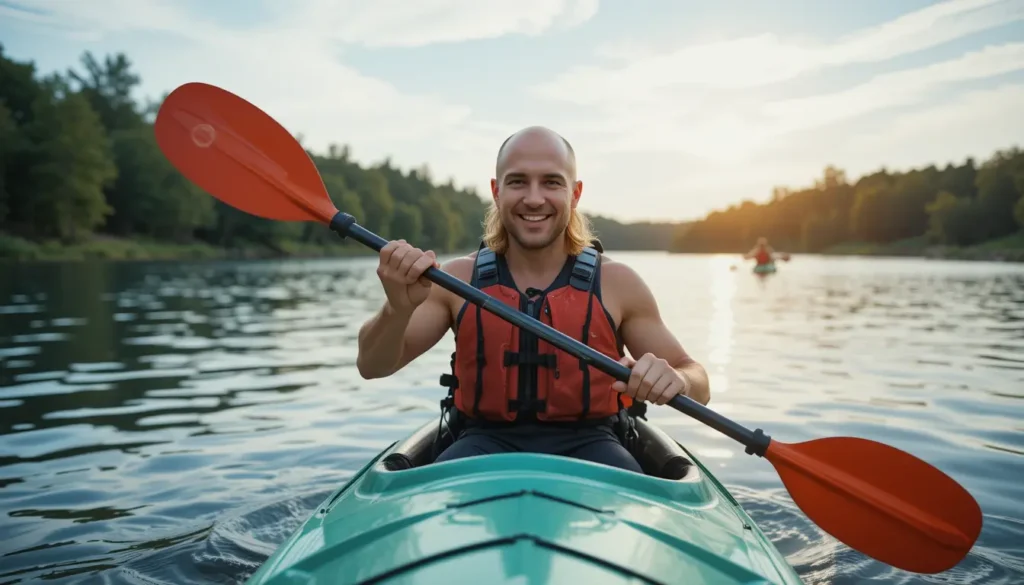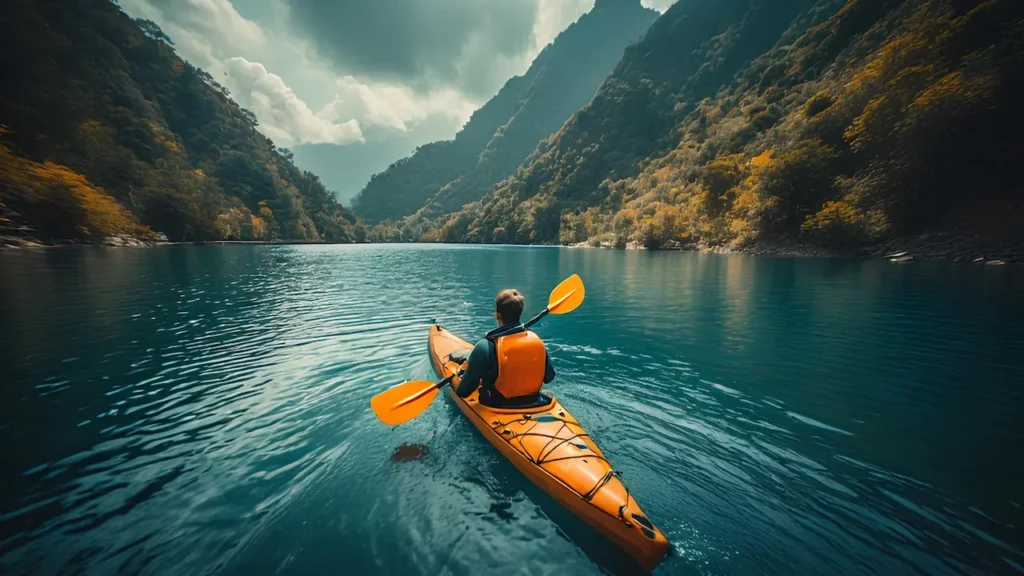Packing for a kayaking camping trip can feel overwhelming. You want to bring everything necessary but avoid overloading your kayak. What if you forget a crucial item or carry too much weight? These concerns can quickly steal the excitement from your trip.
This article will guide you through the essentials so you pack smartly and stay safe on the water. You’ll learn how to balance what you need with what fits, and why every choice matters to your comfort and safety.
When you kayak, space is limited. The wrong packing choices can ruin your trip before it even begins. You might struggle to find gear when you need it or become exhausted from carrying too much weight. Not only does overpacking tire you out, but it can also make your kayak unstable and increase your risk of accidents.
Knowing exactly what to pack will save you from these issues and keep your trip enjoyable from start to finish. Let’s dive into how to prepare your kayak and gear for a smooth adventure.
Understand Your Kayak’s Space and Weight Limits
The first step before packing is to understand your kayak’s storage capacity. Kayaks come in different shapes and sizes, each with a specific weight limit set by the manufacturer. Exceeding this limit is risky because it affects your kayak’s balance and handling.
Overloading your kayak can slow you down, make paddling harder, and even increase your chance of tipping over.
Check your kayak’s manual or the manufacturer’s website to find the exact weight capacity. This includes your body weight plus the gear you plan to bring. Knowing this limit helps you pack only what you need without risking safety.
Next, think about how your gear fits inside your kayak. Most kayaks have multiple storage areas, including hatches on the deck, compartments behind the seat, and space inside the cockpit. Organize your equipment by size and how often you need it.
Pack heavier items low and near your center of gravity to keep your kayak stable on the water. Light items should go toward the top or in the front.
Waterproof dry bags are essential for keeping your gear safe from water and salt. Use different sized bags to separate clothes, food, and camping gear. This makes it easier to find what you need without unpacking everything during your trip. Using clear or color-coded bags can speed up locating important items.
Prioritize What You Really Need
The key to packing for a kayaking camping trip is bringing the right items, not more items. Packing light means choosing your essentials carefully. Start with clothing. Your clothes should match the weather conditions and be quick to dry. Avoid cotton because it absorbs water and dries slowly. Instead, pack synthetic fabrics or wool, which keep you warm even when wet.
Plan to bring layers. Layers help you adjust your clothing for changing weather. A base layer for moisture-wicking, an insulating layer for warmth, and a waterproof outer layer to protect against wind and rain are ideal.
When it comes to camping gear, focus on lightweight, compact items. Your tent should be easy to carry and set up. Look for tents that block wind and rain but don’t weigh a lot. Your sleeping bag should match the expected nighttime temperature, keeping you warm without extra bulk. Don’t forget a sleeping pad to keep you comfortable and insulated from the cold ground.
Food and water are critical for energy and hydration. Plan meals that are lightweight, nutritious, and simple to prepare. Freeze-dried meals or dehydrated foods are good options because they take little space and cook quickly. Bring a small stove or portable cooking system to prepare hot meals and drinks.
Water is heavy and takes up space, so plan carefully. Carry enough water bottles for the day’s needs and bring a water filtration system or purification tablets for refills along the way. Staying hydrated prevents fatigue and keeps you alert.
Organize Efficiently to Save Space
How you pack can make or break your trip. Efficient packing helps you use every inch of space and keeps your kayak balanced. Group items in waterproof bags by category—clothes together, food together, and camping gear in another bag.
Use compression sacks for bulky items like your sleeping bag and clothing. These sacks squeeze air out to reduce volume. Smaller stuff sacks are useful for toiletries and cooking tools. Keeping things grouped and compact reduces clutter and makes unpacking easier at camp.
Place frequently used items within quick reach. Paddles, safety gear, snacks, and maps should go on the deck or close to the cockpit. This saves you from digging through bags when you need them fast.
Heavy gear belongs low and centered to keep your kayak stable. Lighter items can go on top or further forward. This careful arrangement helps your kayak handle better and prevents tipping.
Rolling clothes instead of folding them can save space and reduce wrinkles. Tight rolls fit nicely into bags and reduce wasted room. Keep items in clear bags or label them for quick access.
Don’t Forget Safety and Repair Kits
Safety gear is not optional; it is essential. Your first aid kit should include basics like bandages, antiseptic wipes, pain relievers, and blister treatment. Add sunscreen and insect repellent to protect your skin. Include any personal medications you require.
Bring a paddle leash to keep your paddle connected to your kayak. Losing your paddle can be dangerous and slow you down. Carry a bilge pump or sponge to remove any water that gets inside the kayak. Water accumulation affects stability and comfort.
A whistle or small signaling device can help you call for help if needed. These are lightweight but invaluable in emergencies.
Prepare a small repair kit. Include duct tape, zip ties, patches, and a multi-tool. These items can fix small breaks or leaks on the water. A broken paddle or torn dry bag should not end your trip. Having repair tools gives peace of mind.
Packing is not complete until you test your setup. Load your kayak with all your gear and take it for a short paddle. Check how it feels in the water. Does it sit evenly or tilt to one side? Do the bags shift or make paddling awkward?
Practice getting in and out of your kayak with your gear. This simulates real conditions and reveals if your packing arrangement works.
Check if you can access emergency items easily. A slow or difficult reach for first aid or signaling tools could be dangerous.
If your kayak feels too heavy or unstable, repack or remove non-essential items. Balance and weight distribution are crucial. Your safety depends on how well your kayak handles on the water.
Mastering the Balance of Preparation and Freedom
Packing well is the foundation of a great kayaking camping trip. When your gear fits perfectly and you carry only what you need, you feel free. You paddle with confidence, move smoothly, and soak in the nature around you without distraction.
Missing something important or carrying too much can cause stress, slow you down, or put you at risk. Smart packing leads to peace of mind. It allows you to focus on the adventure ahead and enjoy every moment on the water.
This balance between preparation and freedom is the key to success. You gain control over your environment and become more connected with nature.
Now you have a clear plan for packing your kayak for camping. Understand your kayak’s limits. Choose your gear carefully. Organize efficiently and include safety and repair tools. Test your load before departure.
Packing is more than fitting gear; it prepares you mentally and physically for the journey. A well-packed kayak creates space for discovery and joy.




